1. Key Club
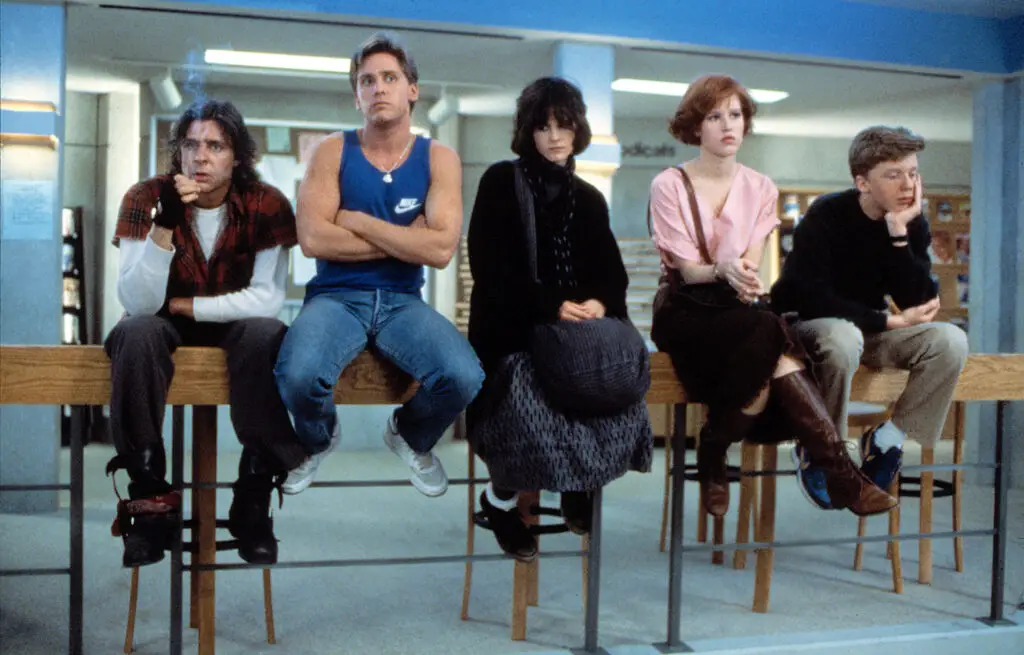
Key Club was the ultimate in high school service organizations, and let’s be real—it was often as much about the charm of the president as it was about community service. The whole idea was to spread goodwill, but it was almost impossible to not notice the cliques that formed within the club, where the “popular” crowd would often take charge. The club organized everything from bake sales to volunteering at the local hospital, and though the projects were meant to help the community, they somehow always seemed to be about the students’ own college applications. The experience wasn’t exactly about selfless service; it was about looking good on paper and showing that you were a part of something bigger than just your high school social scene says Wikipedia.
In today’s world, many students don’t even know what a “Key Club” is, let alone what it stood for. With social media platforms giving young people countless ways to be “involved” without leaving their homes, the idea of physically gathering for service projects just doesn’t hold the same weight. These days, it’s far easier to post a picture of you volunteering at a shelter than to show up in person to organize it. The idea of a club dedicated to community service seems almost quaint in the age of social media activism.
2. Latin Club
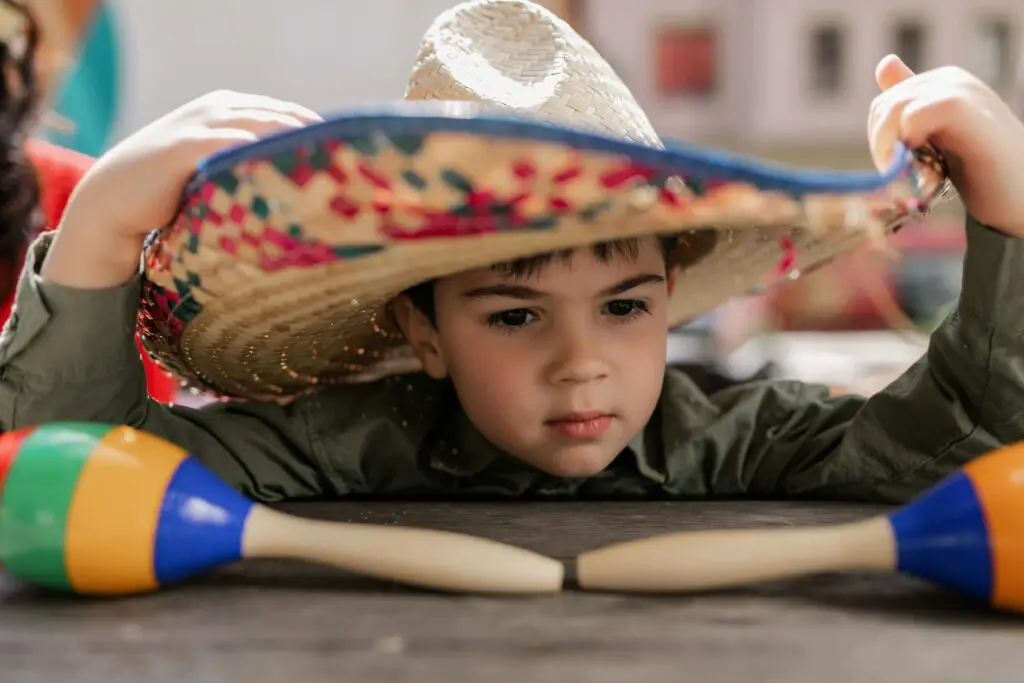
For the students who enjoyed the classics, Latin Club was the spot. Meetings would often include deciphering ancient texts, learning Roman history, and discussing the etymology of Latin roots. Members would even compete in the National Latin Exam, where they could proudly display their knowledge of a dead language to an audience who probably didn’t care. It was an exclusive group of self-proclaimed intellectuals, often drawn to the idea of mastering something that others thought was “pointless” says Brooklyn Latin School.
In the 21st century, the appeal of dead languages seems to be losing ground. With the push toward more “practical” skills like coding and financial literacy, Latin feels like a relic of the past. The modern student is likely more focused on learning Mandarin or Spanish for career prospects than reciting Cicero’s speeches. The Latin Club, while charming, simply doesn’t resonate with the tech-savvy, career-focused students of today.
3. Chess Club
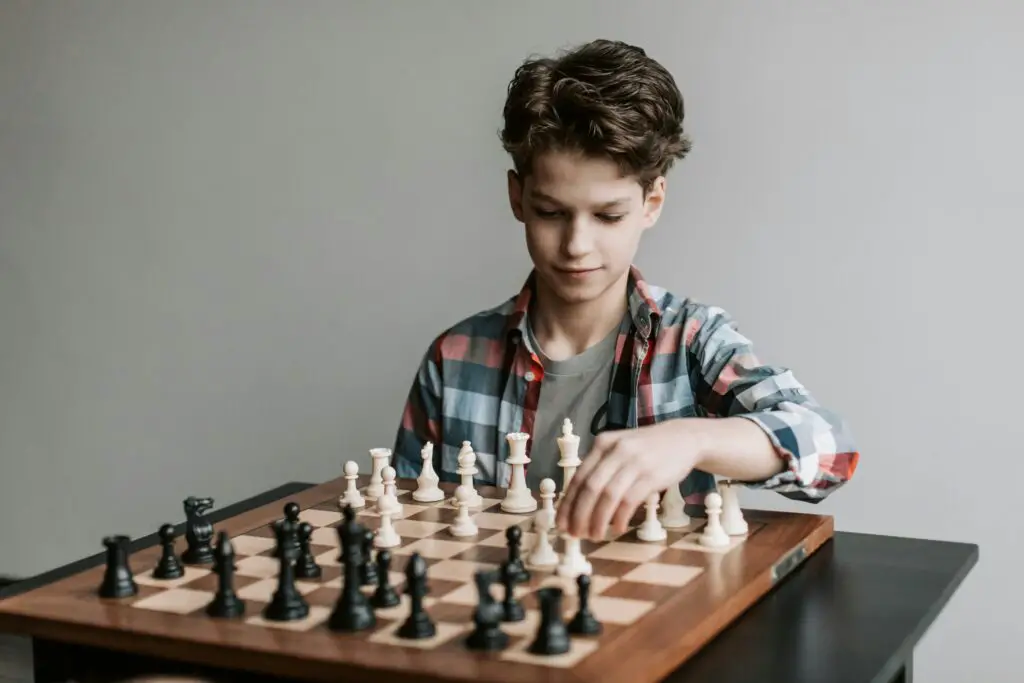
Chess Club was a safe haven for the strategically minded, where each meeting was essentially an intellectual battle of wits. The club was home to the quiet kids, the ones who didn’t mind spending hours trying to outsmart their opponents on a 64-square board. If you knew how to move the pieces, you were considered an elite strategist. There were even regional tournaments where members could compete for glory, but in the end, it was all about the joy of out-thinking someone else says Chess.com.
But these days, you’re more likely to find kids spending their free time playing video games or live-streaming their gaming sessions than sitting down for a game of chess. Chess Club just can’t compete with the instant gratification of online multiplayer games or the social aspect of streaming platforms like Twitch. The idea of sitting in a room, silently contemplating moves, seems too slow-paced in comparison to the fast-paced nature of modern entertainment.
4. Radio Club
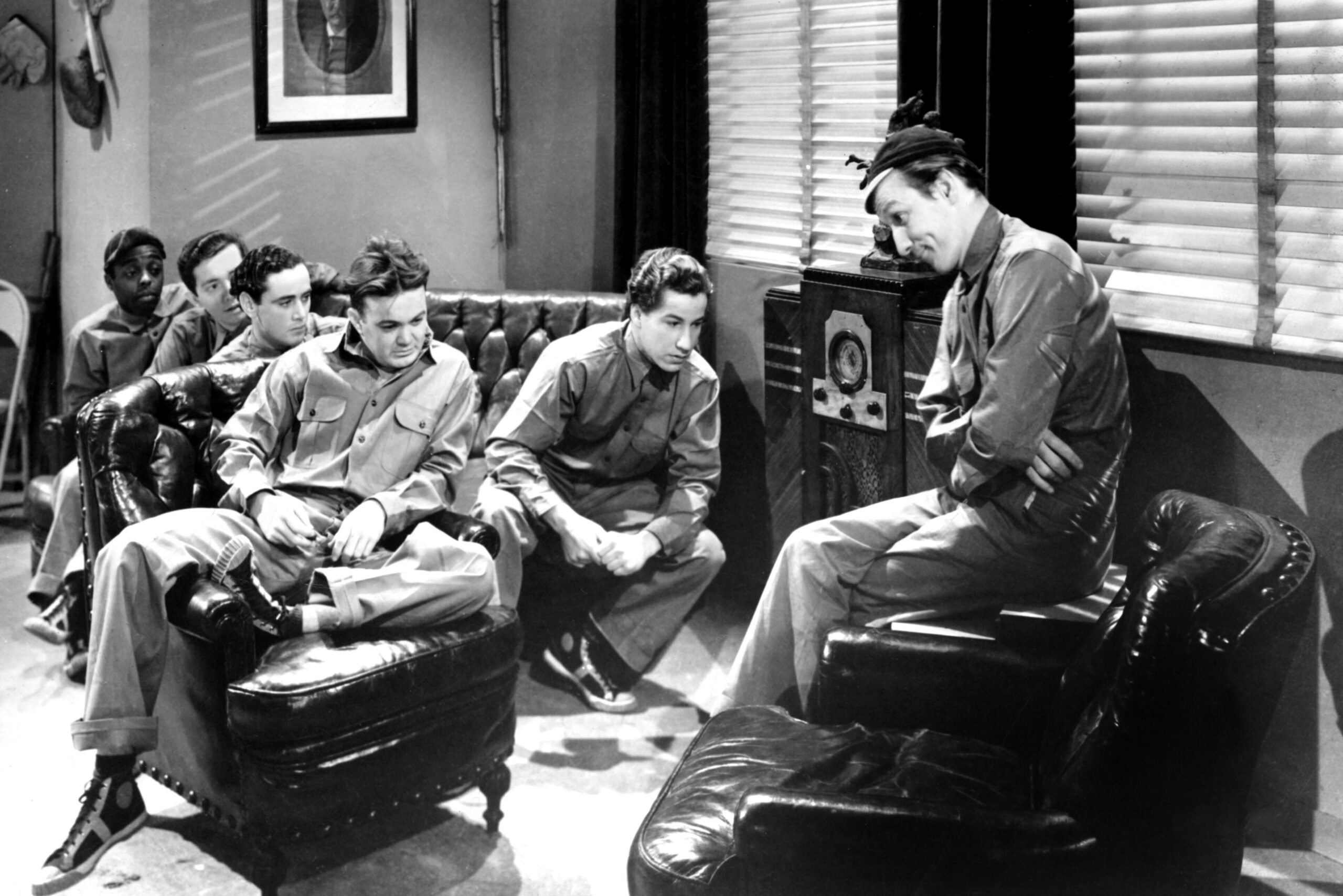
Before podcasts took over, Radio Club was where students would experiment with broadcasting, hoping to land a spot on their school’s morning show. They would write scripts, interview teachers, and broadcast announcements over the PA system. It was part journalism, part performance art, and part tech nerd paradise. Many Radio Club members became experts in operating the equipment, but let’s be honest—most of the shows consisted of questionable music choices and awkward interviews.
Today, everyone has a microphone in their pocket, and creating content is a matter of clicking a button. With the rise of YouTube and podcasts, the Radio Club experience feels almost obsolete. Students can record their own shows, upload them to platforms, and reach global audiences without ever stepping foot in a radio booth. The concept of creating a traditional radio show for a small group of listeners now seems outdated.
5. Future Farmers of America (FFA)
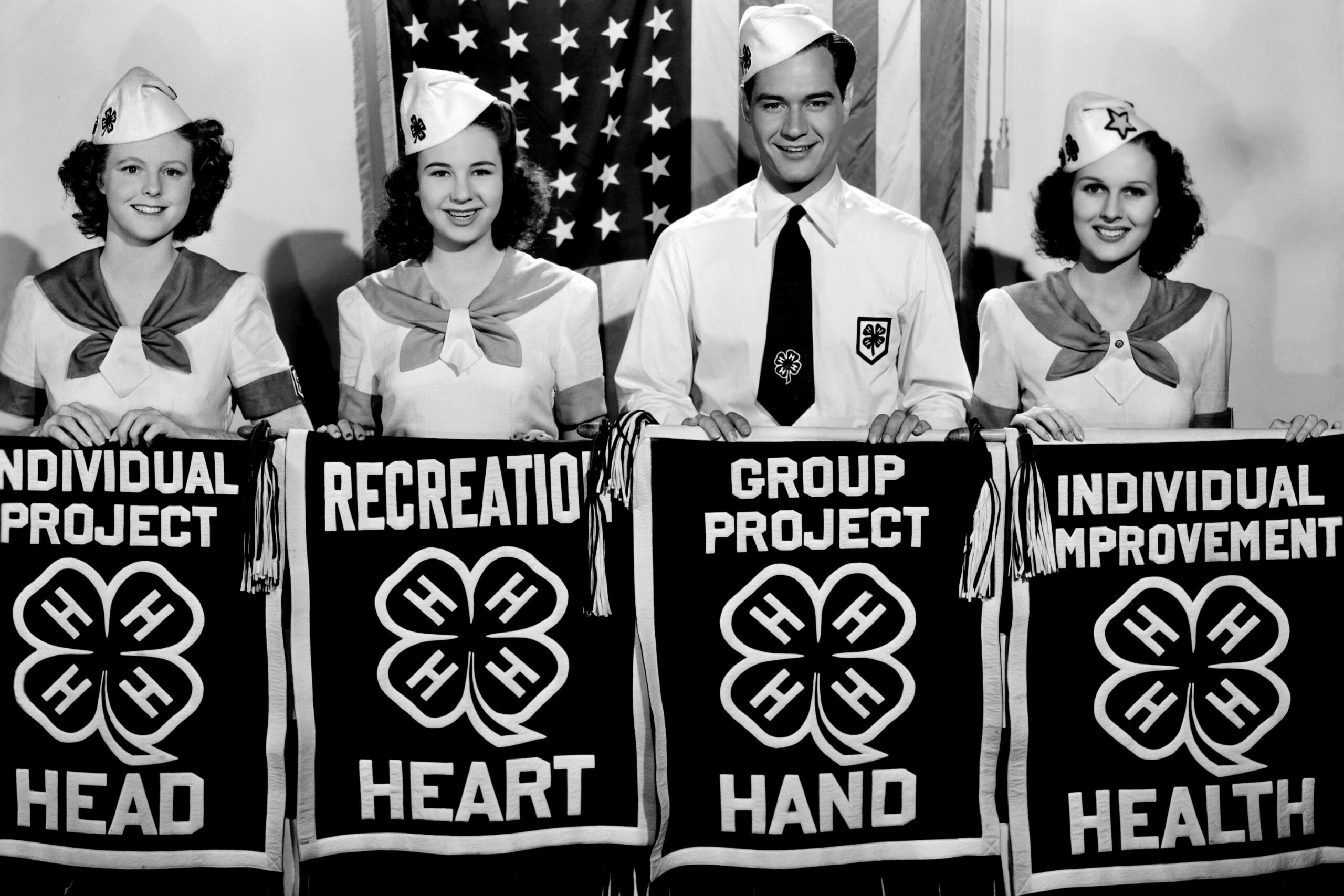
The Future Farmers of America was for students who had a passion for agriculture and wanted to connect with others who shared that interest. They participated in everything from livestock judging to tractor driving competitions. It was a club that revolved around old-school skills, but it also cultivated a deep respect for hard work and the land. The FFA members would attend regional conferences, and if they were lucky, they’d win blue ribbons for their skills in animal husbandry or crop cultivation.
With urbanization and the decline of agriculture in many areas, fewer students today are drawn to farming clubs. The younger generation is less likely to have family farms to work on, and they’re often disconnected from the source of their food. With environmental issues like climate change becoming more pressing, the focus has shifted from traditional farming to more sustainable practices, making FFA’s older methods seem like distant history.
6. Drama Club
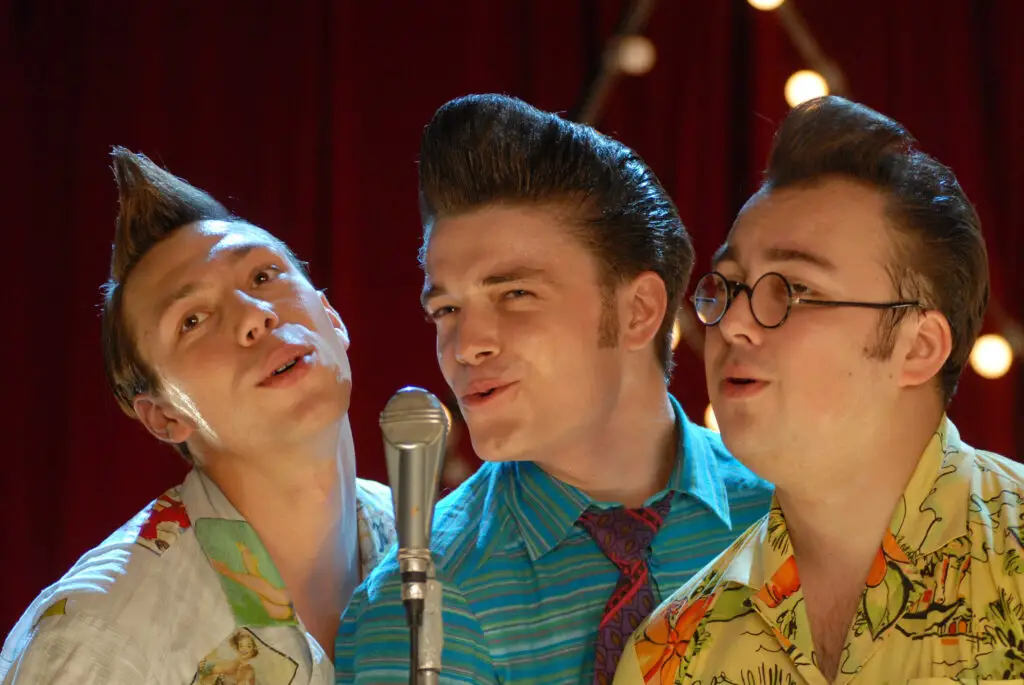
Drama Club was where the theater kids went to escape into a world of make-believe. Whether putting on a Shakespearean play or performing a modern one-act, it was a place to be creative, dramatic, and, let’s face it, sometimes a bit over-the-top. There were always auditions, rehearsals, and the annual end-of-year performance that would make or break the club’s reputation.
In today’s world, where everyone is a performer on social media, Drama Club can’t compete with the reach of TikTok or Instagram stories. The idea of dedicating months of rehearsal time for a single performance seems almost counterproductive when students can make viral videos in mere seconds. While traditional theater has a timeless charm, the club’s old-school vibe just doesn’t match the pace and immediacy of today’s entertainment culture.
7. Debate Club
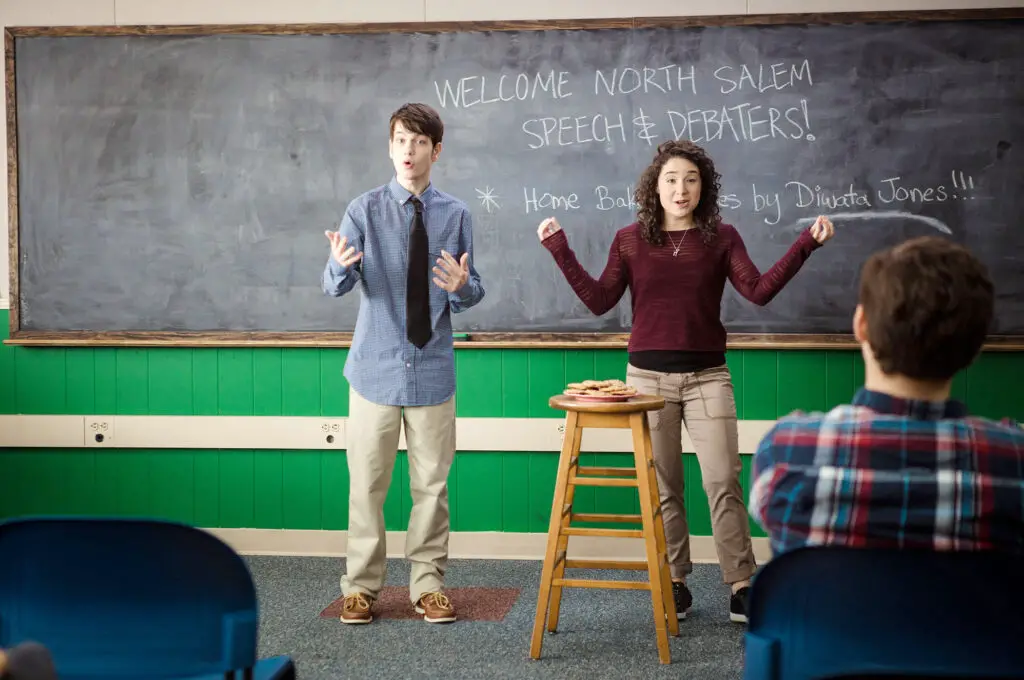
Debate Club attracted the students who loved arguing—whether it was about politics, philosophy, or the ethics of cloning. They would spend hours preparing for tournaments, memorizing facts, and honing their speaking skills to outwit their opponents. The debates were often heated and intense, but it was all in the name of intellectual growth. Debate Club members were known for being quick on their feet, able to think critically and speak persuasively under pressure.
These days, however, heated arguments and fact-based debates are often drowned out by the overwhelming noise of social media. With everyone sharing their opinions online, the structured, formal debates that once defined Debate Club seem a little out of place. Rather than learning to engage in thoughtful conversation, students are more likely to get into heated online spats that rarely result in productive discussions. The digital age has shifted the nature of debates, making traditional clubs like these feel a little old-fashioned.
8. Math Club
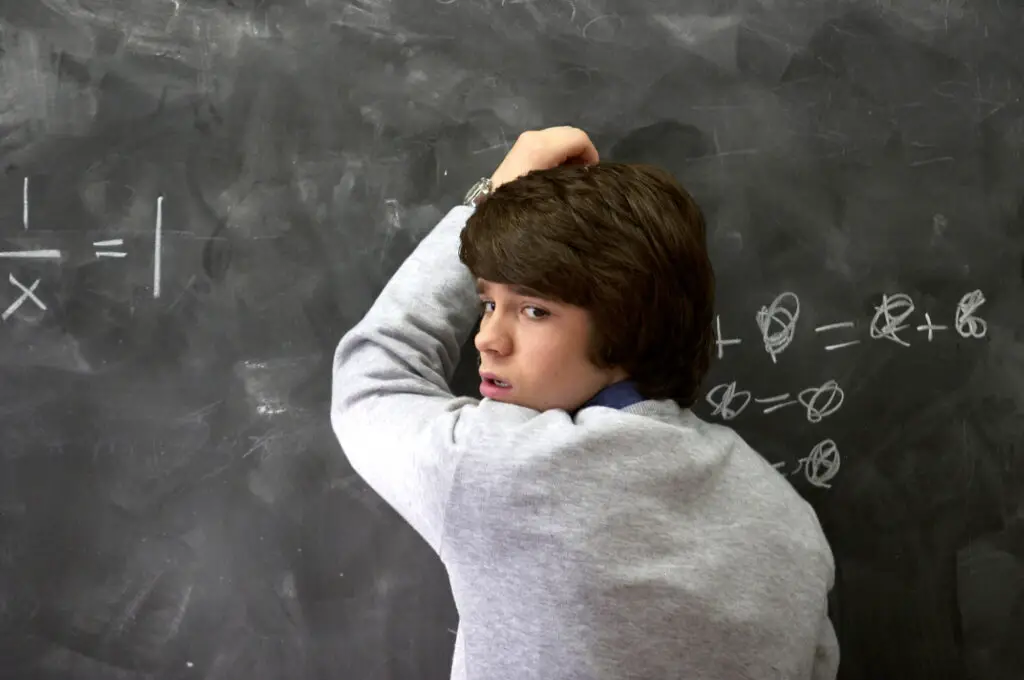
Math Club was where the numbers geeks thrived. The club was a sanctuary for students who found comfort in solving equations, finding patterns, and exploring the world of numbers in a way that most others couldn’t even comprehend. Whether preparing for math competitions or just discussing the latest math problems, the club was always a space for intellectuals who appreciated precision and logic.
Today’s students, however, are less likely to spend their time in such niche clubs when they can solve math problems using calculators or apps. The idea of practicing complex formulas for fun is less appealing when students can access instant answers with a few taps on their phones. In a world that’s increasingly tech-driven, the hands-on practice of traditional math just doesn’t feel as relevant anymore, especially when algorithms and AI do much of the work for us.
9. Environmental Club

Environmental Club was dedicated to raising awareness about issues like pollution, climate change, and sustainable living. Members would organize events like beach cleanups, tree planting days, and recycling drives. It was all about educating the community on the importance of protecting the planet, often through fun, hands-on activities that made environmentalism feel accessible.
In today’s world, however, environmentalism has become more mainstream, and the focus has shifted to larger-scale activism and policy changes. With platforms like Instagram and YouTube offering instantaneous ways to spread awareness about environmental issues, the idea of gathering in a club to do the same feels somewhat redundant. The young climate activists of today are less likely to be found in small school clubs and more likely to be organizing large-scale protests or advocating for global changes.
10. Newspaper Club
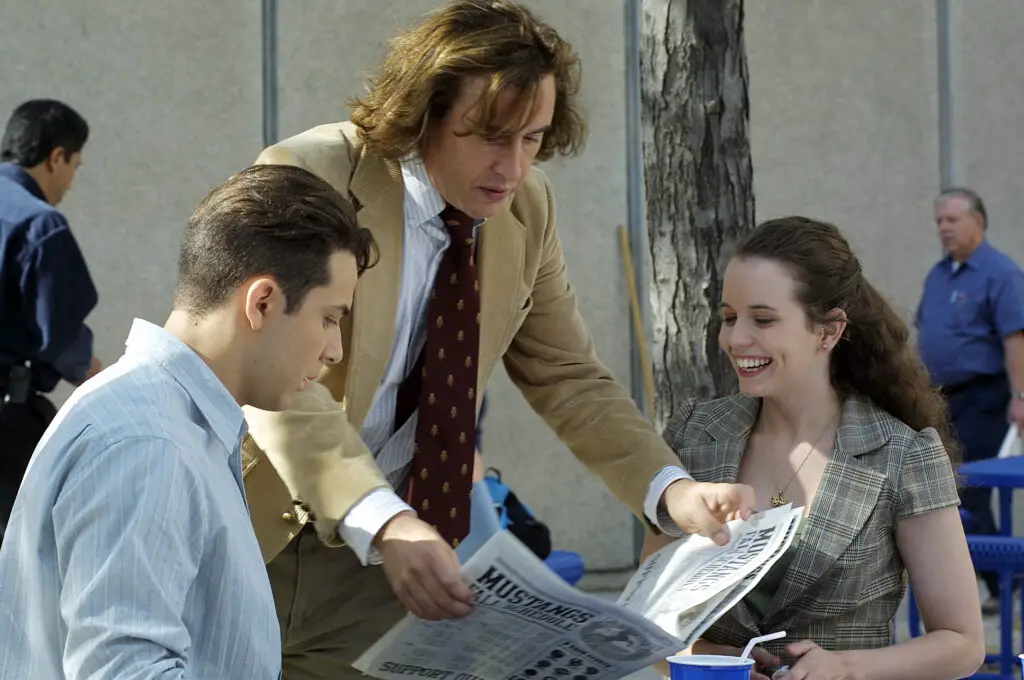
The Newspaper Club was the go-to spot for students who wanted to see their name in print—literally. It was all about writing articles, covering school events, and printing stories that told the world about what was happening in the halls of the high school. The team of budding journalists would stay late into the evenings to meet deadlines and try to make their paper as professional as possible.
Today, however, high school newspapers are facing an uphill battle. With everyone having access to the internet and the ability to share their own news and opinions, the idea of a print publication feels outdated. Blogging, vlogging, and social media posts have taken over as the primary methods for students to get their voices heard. Newspaper Club, as a traditional school activity, is losing relevance in a world where information is shared at lightning speed online.
11. Science Club

Science Club was where students with a passion for experiments and discovery came together to discuss all things science. From physics demonstrations to chemistry experiments, members were encouraged to be hands-on and explore their curiosity. Whether preparing for science fairs or simply experimenting in the lab, Science Club was the ideal place for students who loved asking “What if?” and finding answers.
However, with the overwhelming presence of YouTube science channels and apps dedicated to teaching science in fun and interactive ways, the traditional Science Club is starting to fade. These days, students can watch a YouTube tutorial to learn how to build a volcano or create slime, making the old-school, hands-on club experience feel less necessary. The interactive, online resources have transformed how students learn about science, making the club’s more traditional approach seem almost obsolete.
12. Art Club
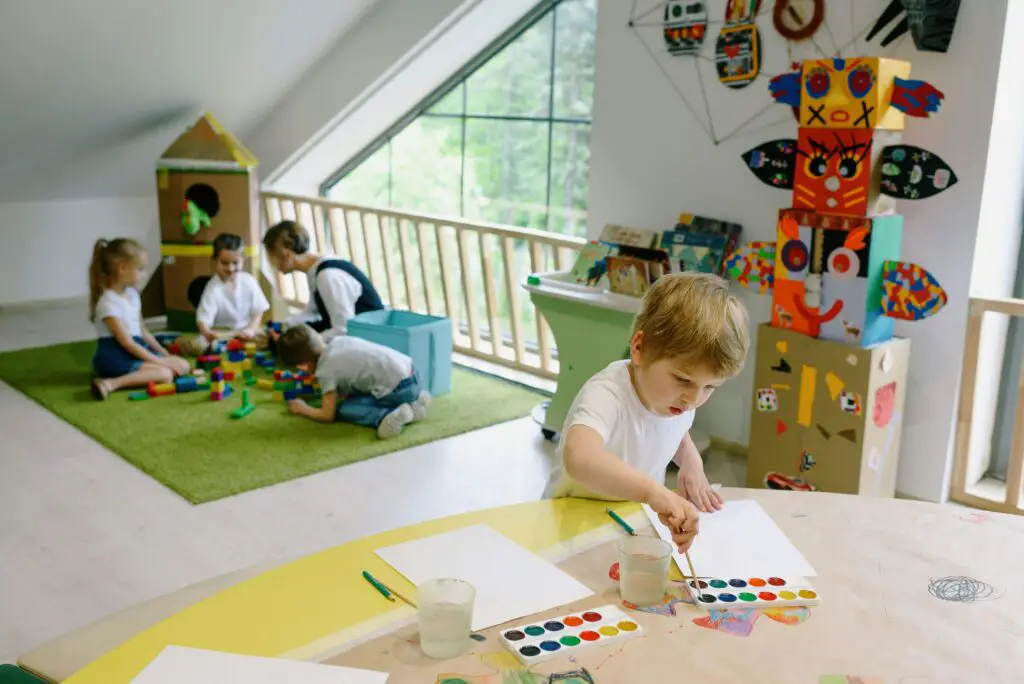
Art Club was the place for students who wanted to express themselves through creative mediums. Whether painting, drawing, or sculpting, it was a space for artistic souls to explore their talent and push their limits. Art Club often had its own rhythm: working on personal projects, collaborating on group murals, and sometimes organizing student art shows.
Today, however, creativity is largely digital. With the rise of graphic design software and digital art platforms, many students are now choosing to express themselves online rather than through traditional methods like painting or drawing. The demand for physical space to create art is shrinking, and the virtual world is making traditional Art Clubs feel like a step backward.
